Explore Stories
Stories offer an individual narrative of a specific subject. They are the building blocks of Story Collections.

Hannah Kent Schoff, a resident of Powelton, was a progressive advocate for the health and wellbeing of the nation’s children.
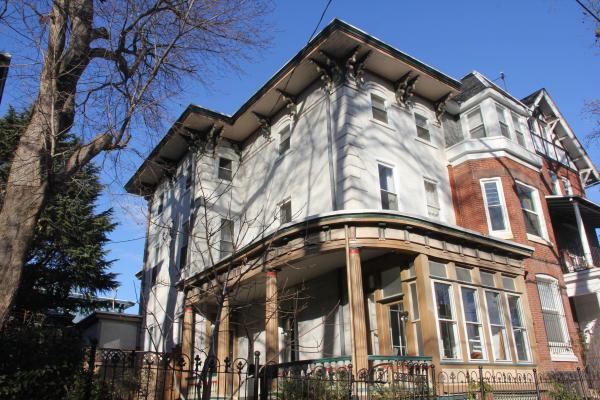
Thomas E. Miller was notable as a member of the South Carolina legislature and senate during the Reconstruction era; later, at the onset of the Jim Crow era, he served a short-term in the U.S. House of Representatives; he and his family arrived in Powelton in or around 1921.
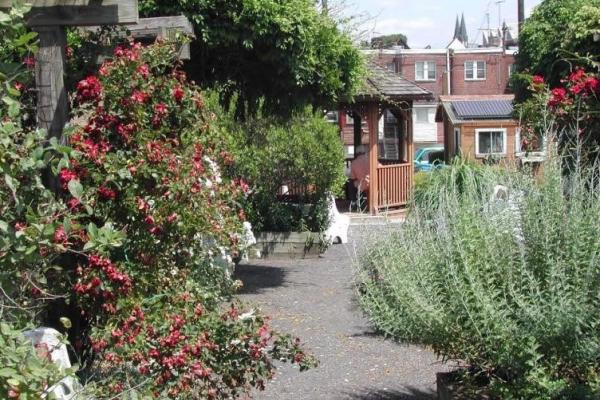
Since 1987, Anne Whiston Spirn, a renowned landscape historian, first at the University of Pennsylvania, now at the Massachusetts Institute of Technology (MIT), has been actively involved with her students, West Philadelphia community allies, and the Philadelphia Water Department in studying the...
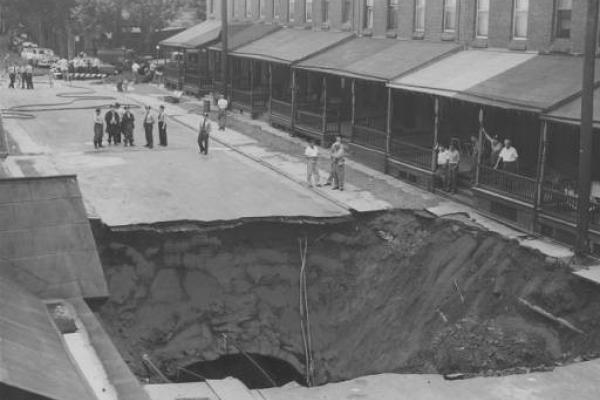
In the 20th century, with the development of one suburb after another, the “built landscape” of West Philadelphia deposited unmanageable amounts of wastewater in the Mill Creek sewer, which, under severe pressure, periodically overflowed and, more disastrously, collapsed.
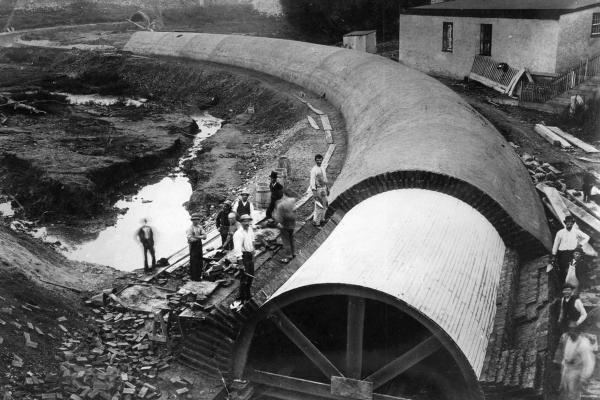
In the early 19th century, textile mills arose along Mill Creek. The late 19th century saw the “burial” of the creek in a culverted sewer, which extended from the future intersection of City Line Avenue near 63rd Street to the Schuylkill River below Baltimore Avenue.

Despite two investigations into the circumstances of the event, the effects of the 1985 MOVE fire still resonate on Osage Avenue and with MOVE members today.
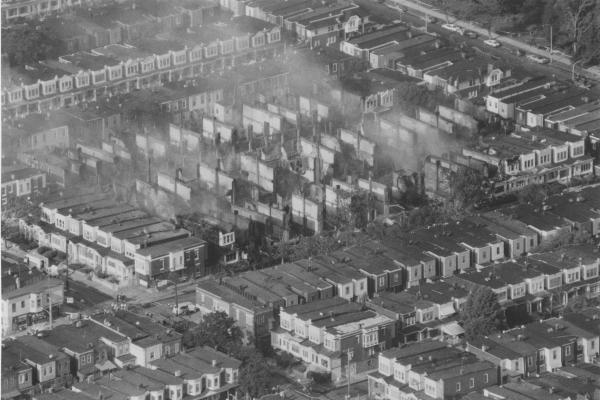
On May 13, 1985, after three years of nuisance complaints from MOVE’s Osage Avenue neighbors, a confrontation between MOVE and the Philadelphia Police ended in arguably the most traumatizing event in Philadelphia’s history.
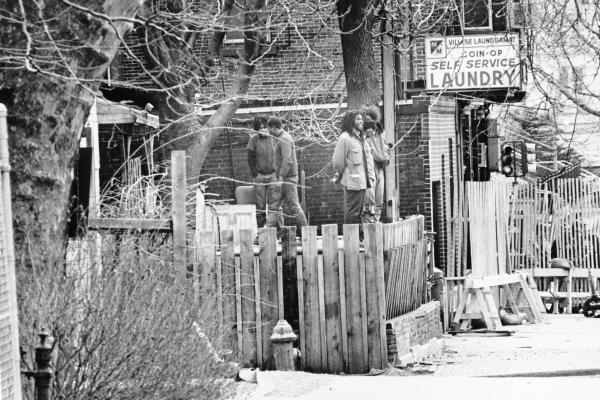
From 1973 to 1978, members of MOVE adopted a radically alternative, anti-technology lifestyle and displayed a political militancy that provoked a devastating assault by the Philadelphia police on the organization’s Powelton Village headquarters.
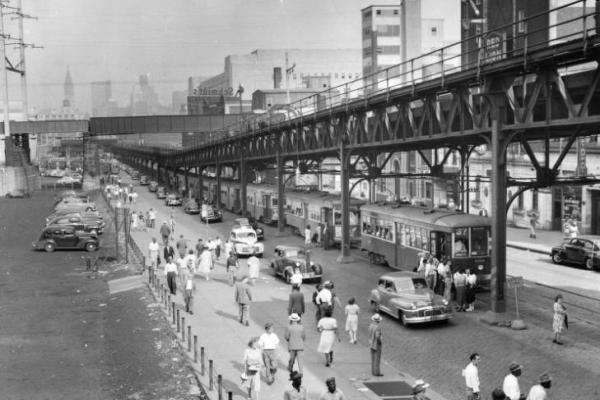
Between 1947 and 1955, the Philadelphia Transit Company completed a subway tunnel for the Market Street Elevated west of the Schuylkill and took down the El between 32nd and 45th streets.
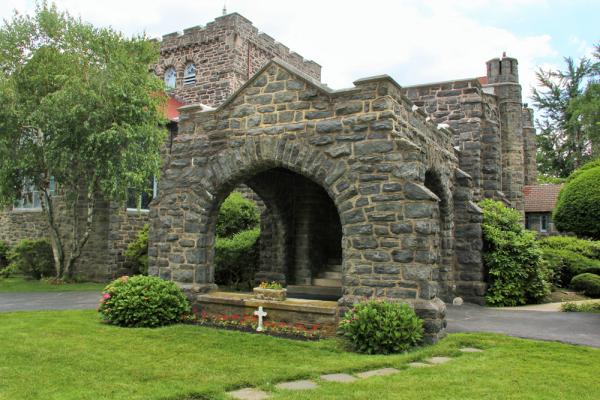
Throughout the late 19th century and early 20th century, houses of worship and benevolent/charitable institutions played a role in the Overbrook section.
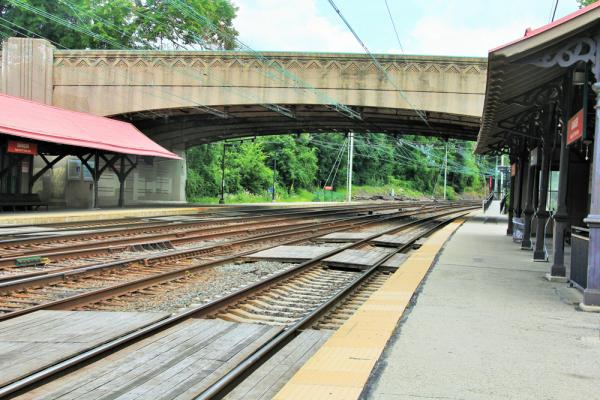
From the mid-19th century onward, the Pennsylvania Railroad’s “Main Line” trains spurred the development of affluent suburbs just northwest of the City of Philadelphia. Overbrook’s residential development benefited immensely from the railroad’s passage through West Philadelphia to the central...
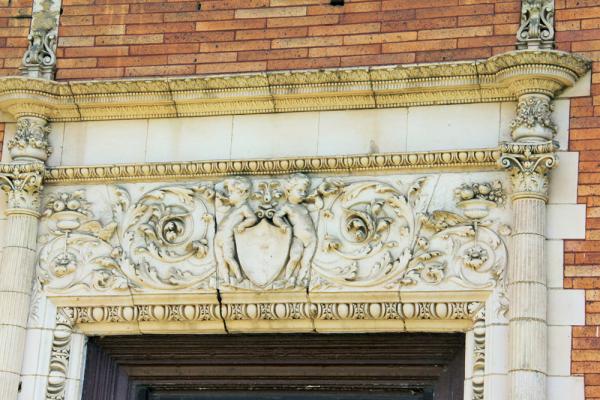
From the late-17th to the mid-19th century, Overbrook was home to agricultural estates and water-powered mills. By the turn of the twentieth century, it was a residential section of the city dominated by Overbrook Farms, with business activity concentrated along 63rd Street above Lancaster...